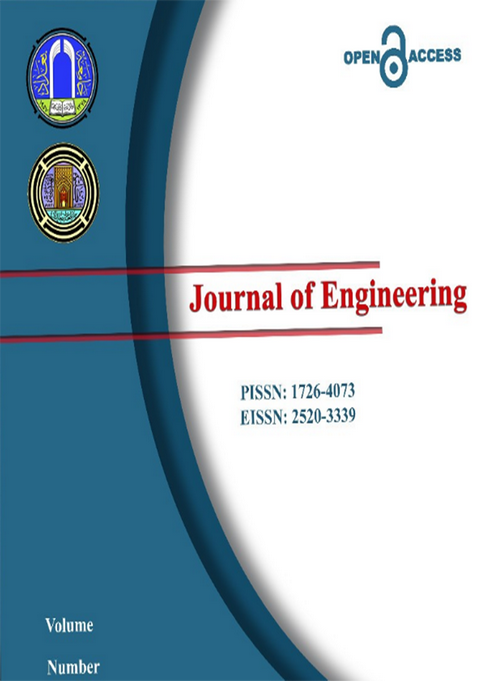Abstract
This study investigates the thermal buckling behavior of composite laminate plates (cross-ply and angle-ply) that are simply supported and subjected to a uniform temperature field. A simple trigonometric shear deformation theory involving four unknown variables is used2. The theory satisfies the zero traction boundary condition on the surface without using shear correction factors. Hamilton's principle is employed to derive the equations of motion, which are then solved using Navier's double trigonometric sequence to obtain the critical buckling temperature for laminated composite plates2. The study also examines the effects of changing design parameters such as orthotropy ratio (E1/E2), aspect ratio (a/b), thickness ratio (a/h), and thermal expansion coefficient ratio (α2/α1). The results show good agreement with previously published results, with a maximum discrepancy of 0.5%
Keywords
cross-ply and angle-ply
Shear deformation
Thermal Buckling
